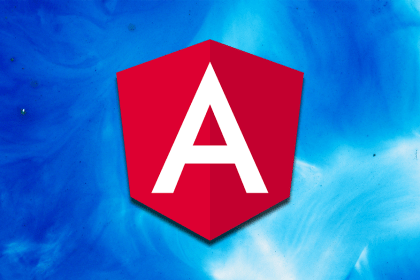
You don’t need to guess what’s wrong with your Next.js app. I’ve mapped out the 8 biggest performance traps and the fixes that actually work.

Learn how to truncate text with three dots in CSS, and use two reliable CSS text truncation techniques while covering single-line and multi-line truncations.

Explore how to use Google’s new experimental Interest Invoker API for delays, popovers, and smarter hover UX.

Bolt.new revolutionizes how you build and deploy web apps with no-code development and seamless AI integration.

Learn how to get the most out of Cursor AI — one of the hottest tools in AI-assisted coding, with practical workflows and underrated features.

Learn about OpenAI vs open source LLMs for frontend devs, with an integration guide, costs, performance comparison, and implementation tips.

Compare fine-tuning vs. RAG to design faster, smarter, and more responsive AI-powered frontend experiences.

Navigation menu errors are common, even for seasoned developers. Learn seven common navigation menu errors and how to solve them using CSS.

Compare the top React toast libraries for when it’s more trouble than it’s worth to create your own custom toast components.

TanStack Start vs. Next.js: both are powerful full-stack React frameworks, but they take fundamentally different approaches to architecture, routing, and developer experience.

While it may seem like a maintenance update, Angular v20 is packed with practical, production-ready upgrades that will enable us to build apps faster and with more confidence.

Build a responsive, multi-page e-commerce site with Stitch, Google’s new AI-powered UI design and development tool.